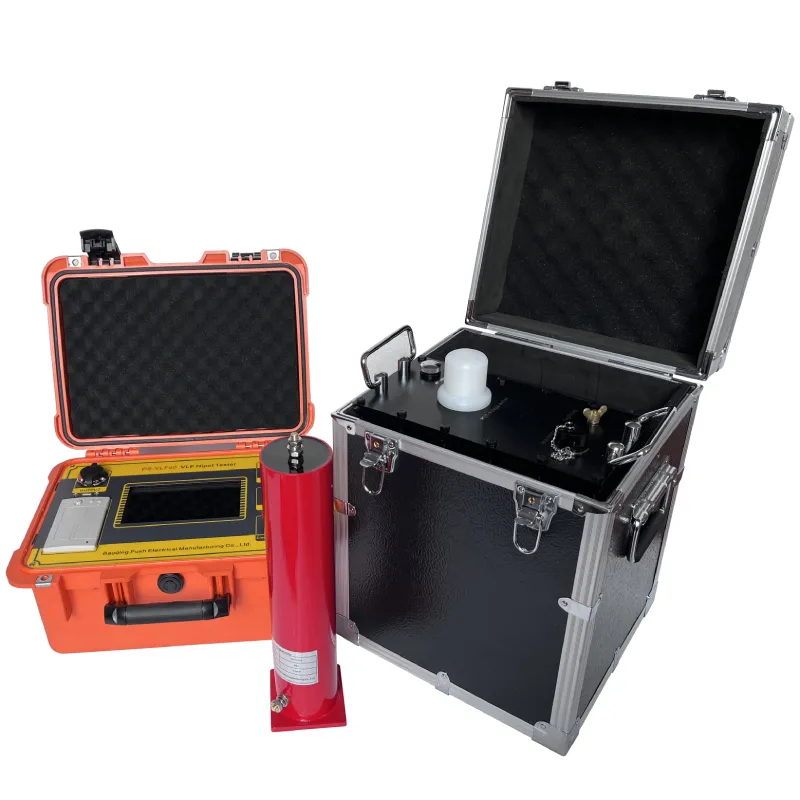 English
English



-
 Afrikaans
Afrikaans -
 Albanian
Albanian -
 Amharic
Amharic -
 Arabic
Arabic -
 Armenian
Armenian -
 Azerbaijani
Azerbaijani -
 Basque
Basque -
 Belarusian
Belarusian -
 Bengali
Bengali -
 Bosnian
Bosnian -
 Bulgarian
Bulgarian -
 Catalan
Catalan -
 Cebuano
Cebuano -
 China
China -
 China (Taiwan)
China (Taiwan) -
 Corsican
Corsican -
 Croatian
Croatian -
 Czech
Czech -
 Danish
Danish -
 Dutch
Dutch -
 English
English -
 Esperanto
Esperanto -
 Estonian
Estonian -
 Finnish
Finnish -
 French
French -
 Frisian
Frisian -
 Galician
Galician -
 Georgian
Georgian -
 German
German -
 Greek
Greek -
 Gujarati
Gujarati -
 Haitian Creole
Haitian Creole -
 hausa
hausa -
 hawaiian
hawaiian -
 Hebrew
Hebrew -
 Hindi
Hindi -
 Miao
Miao -
 Hungarian
Hungarian -
 Icelandic
Icelandic -
 igbo
igbo -
 Indonesian
Indonesian -
 irish
irish -
 Italian
Italian -
 Japanese
Japanese -
 Javanese
Javanese -
 Kannada
Kannada -
 kazakh
kazakh -
 Khmer
Khmer -
 Rwandese
Rwandese -
 Korean
Korean -
 Kurdish
Kurdish -
 Kyrgyz
Kyrgyz -
 Lao
Lao -
 Latin
Latin -
 Latvian
Latvian -
 Lithuanian
Lithuanian -
 Luxembourgish
Luxembourgish -
 Macedonian
Macedonian -
 Malgashi
Malgashi -
 Malay
Malay -
 Malayalam
Malayalam -
 Maltese
Maltese -
 Maori
Maori -
 Marathi
Marathi -
 Mongolian
Mongolian -
 Myanmar
Myanmar -
 Nepali
Nepali -
 Norwegian
Norwegian -
 Norwegian
Norwegian -
 Occitan
Occitan -
 Pashto
Pashto -
 Persian
Persian -
 Polish
Polish -
 Portuguese
Portuguese -
 Punjabi
Punjabi -
 Romanian
Romanian -
 Russian
Russian -
 Samoan
Samoan -
 Scottish Gaelic
Scottish Gaelic -
 Serbian
Serbian -
 Sesotho
Sesotho -
 Shona
Shona -
 Sindhi
Sindhi -
 Sinhala
Sinhala -
 Slovak
Slovak -
 Slovenian
Slovenian -
 Somali
Somali -
 Spanish
Spanish -
 Sundanese
Sundanese -
 Swahili
Swahili -
 Swedish
Swedish -
 Tagalog
Tagalog -
 Tajik
Tajik -
 Tamil
Tamil -
 Tatar
Tatar -
 Telugu
Telugu -
 Thai
Thai -
 Turkish
Turkish -
 Turkmen
Turkmen -
 Ukrainian
Ukrainian -
 Urdu
Urdu -
 Uighur
Uighur -
 Uzbek
Uzbek -
 Vietnamese
Vietnamese -
 Welsh
Welsh -
 Bantu
Bantu -
 Yiddish
Yiddish -
 Yoruba
Yoruba -
 Zulu
Zulu
On-Site Testing of Transformers for Enhanced Performance and Reliability
Transformers Testing at Site Ensuring Reliability and Safety
Transformers are crucial components in electrical distribution systems, serving to step up or step down voltage levels for efficient power transmission. Given their vital role, conducting thorough testing of transformers at the site is essential to ensure their reliability, safety, and optimal performance. This article delves into the significance of on-site transformer testing, the methods employed, and the benefits of such procedures.
On-site testing of transformers is necessary for several reasons. Firstly, it verifies that the transformer has been installed correctly and is functioning as intended. Installation errors, whether due to wiring mistakes or improper connections, can lead to significant operational issues, risking both the transformer’s integrity and the safety of the electrical system. By conducting tests on-site, engineers can identify any potential problems before the transformer is put into full operation.
Transformers Testing at Site Ensuring Reliability and Safety
Another essential test is the transformer turns ratio (TTR) test. This procedure checks the turns ratio between the primary and secondary windings, ensuring that the transformer is effectively stepping voltages as designed. Deviation from the expected turns ratio can point to internal issues, such as winding damage or miswiring.
transformer testing at site

Temperature rise tests are also performed to guarantee that the transformer operates within specified thermal limits. Overheating can lead to insulation breakdown and reduced lifespan, making this test a critical part of the commissioning process. Moreover, frequency response analysis helps detect mechanical defects and winding deformation, ensuring the transformer remains mechanically robust under various operational conditions.
The benefits of thorough on-site transformer testing extend beyond just maintaining operational integrity. They also significantly enhance the safety of personnel working with electrical systems. By identifying potential issues early, such as insulation failures or overheating, companies can prevent hazardous situations that could lead to accidents or equipment damage.
Additionally, these tests contribute to the long-term reliability of the transformer, ultimately reducing maintenance costs and extending its operational lifespan. Regular testing not only complies with industry standards and regulations but also fosters confidence among stakeholders regarding the reliability of power supply systems.
In conclusion, transformer testing at the site is an indispensable practice that reinforces the safety, reliability, and performance of electrical distribution systems. With comprehensive testing methods in place, stakeholders can ensure that transformers operate efficiently and effectively, safeguarding both equipment and personnel while paving the way for a sustainable energy future.
-
Ensuring SF₆ Gas Safety: Introducing PUSH’s Integrated SF₆ Analyzer for Dew Point, Purity, and Decomposition MonitoringNewsJul.10,2025
-
Exploring the Main Types of Industrial Endoscopes and Their Applications Across IndustriesNewsJul.04,2025
-
Testing Equipment Industry Sees Major Advancements in 2025: Smart & Precision Technologies Lead the WayNewsJun.06,2025
-
Applications of Direct Current Generators in Renewable Energy SystemsNewsJun.05,2025
-
Hipot Tester Calibration and Accuracy GuidelinesNewsJun.05,2025
-
Digital Circuit Breaker Analyzer Features and BenefitsNewsJun.05,2025



